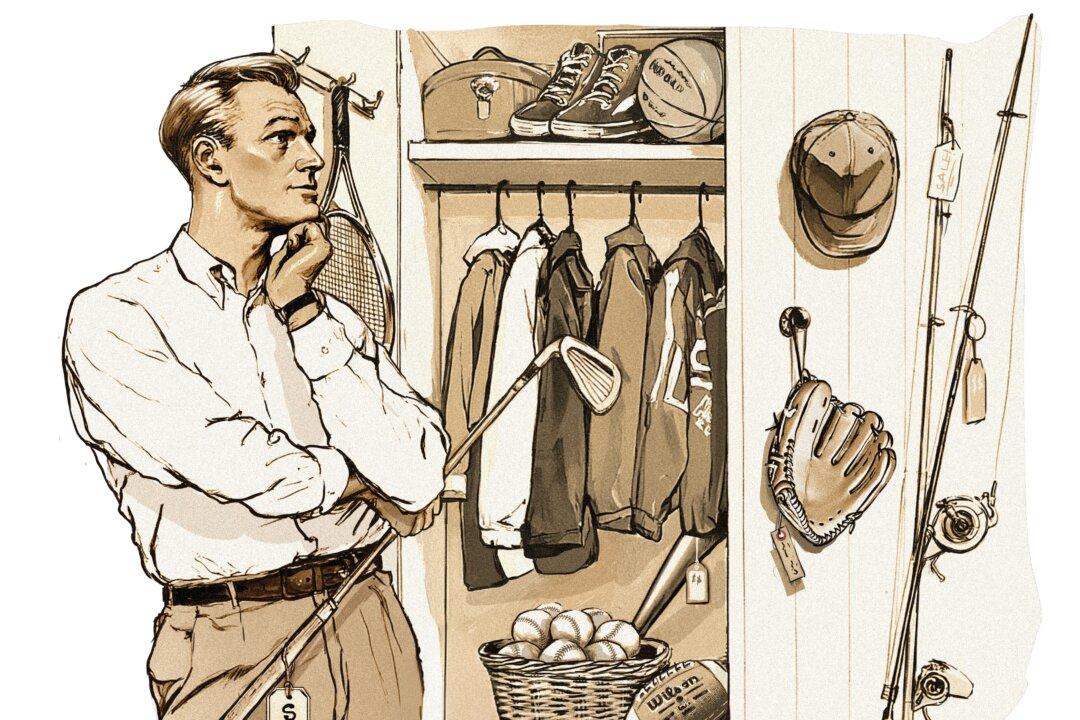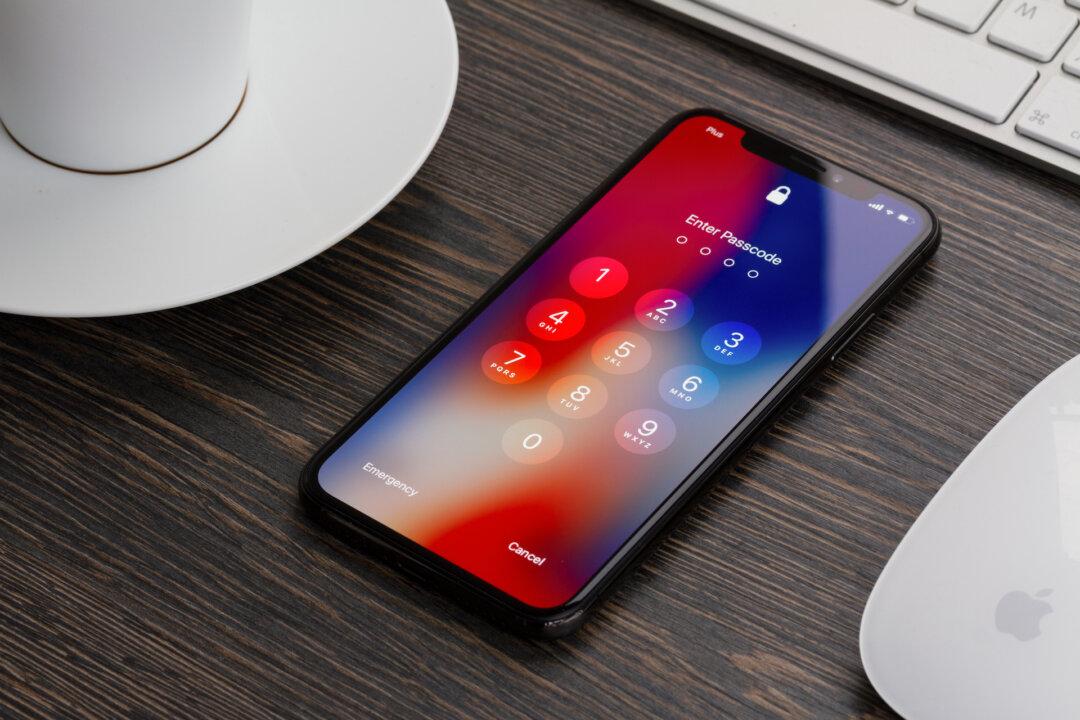When asked to describe the perfect bath towel, most people would include the words “thick” and “thirsty.” Cotton Inc., a research and marketing company, agrees and goes on to say that the perfect towel can also stand up to constant use and laundering for at least a decade.
The secret to buying the perfect towel is in understanding fibers, loops, and dyes, because unlike sheets, towels don’t come with easy measures such as thread counts.
Cotton
A towel’s main duty is to blot water. One hundred percent cotton does the best job, because cotton naturally attracts water. Synthetic fibers such as polyester repel water, making a cotton-polyester blend less absorbent and something to be avoided.





